As parents, we constantly monitor our children’s health, from their first steps to their first words. Yet, one critical aspect of their well-being often goes overlooked: their vision. Pediatric eye care is essential for ensuring children develop properly, excel in school, and enjoy a high quality of life.
Vision problems in children can be subtle, and without early detection, they may lead to long-term challenges. We will dives deep into the importance of pediatric eye care, the early signs of vision issues every parent should recognize, and practical steps to safeguard your child’s eye health.
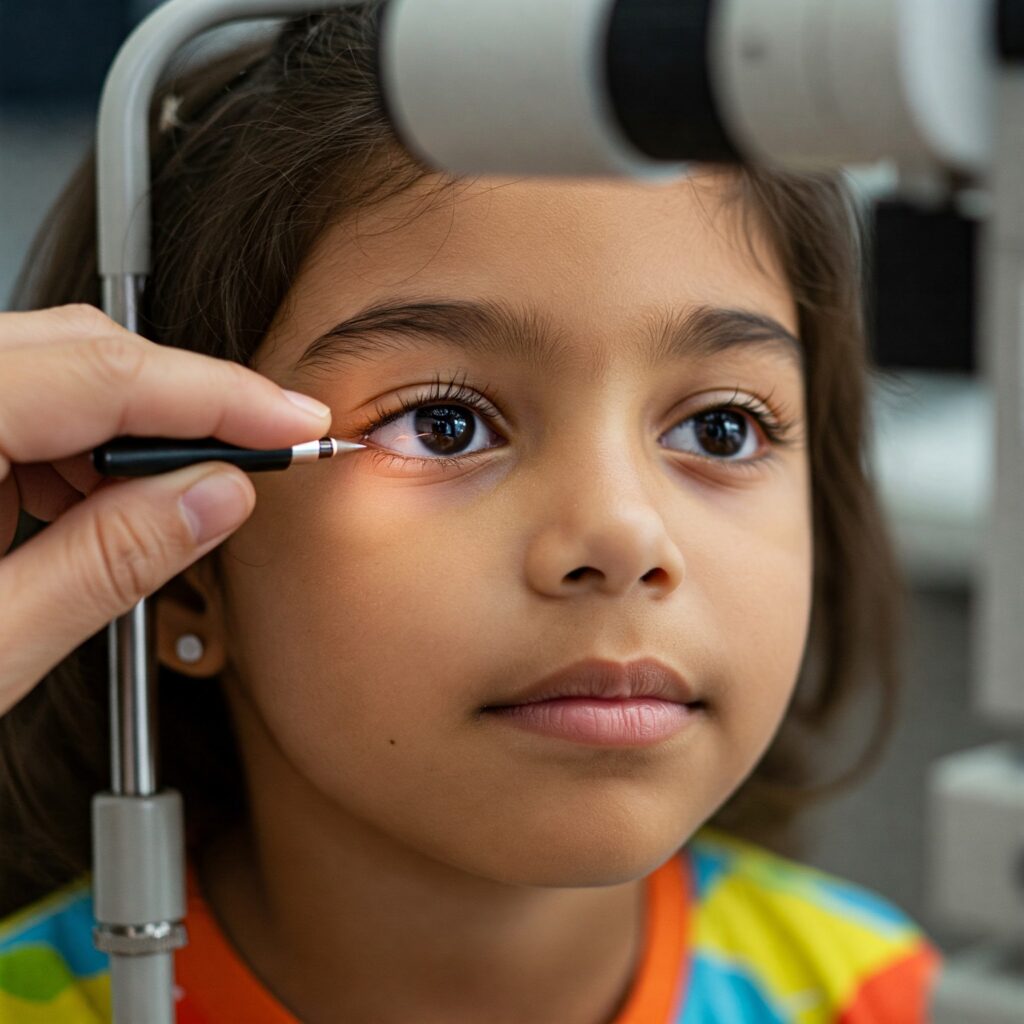
Why Pediatric Eye Care Matters
Children rely heavily on their vision to explore the world, learn, and grow. According to the American Optometric Association, up to 25% of school-aged children have vision problems that can affect their academic performance and overall development. Pediatric eye care is not just about correcting vision; it’s about identifying issues early to prevent complications later in life.
Native AsyncUnlike adults, children may not always recognize or communicate that something is wrong with their vision. They might assume everyone sees the way they do, or they may lack the vocabulary to describe their symptoms. This makes pediatric eye care a critical responsibility for parents and caregivers. By staying vigilant and scheduling regular eye exams, you can catch potential problems before they escalate.
Understanding Your Child’s Vision Development
To appreciate the importance of pediatric eye care, it’s helpful to understand how a child’s vision develops. At birth, a baby’s vision is blurry, and their eyes may not always work together.
Over the first few months, their ability to focus, track objects, and perceive colors improves significantly. By age one, most children have developed basic visual skills, but their vision continues to mature throughout childhood.
Key milestones in vision development include:
- 6 months: Babies can focus on objects near and far, track moving objects, and begin to develop depth perception.
- 1–2 years: Toddlers start to recognize shapes, colors, and patterns, and their hand-eye coordination improves.
- 3–5 years: Preschoolers develop sharper visual acuity, allowing them to recognize letters, numbers, and fine details.
- 6+ years: School-aged children rely on clear vision for reading, writing, and other academic tasks.
Any disruptions during these stages can affect a child’s ability to learn and interact with their environment. That’s why pediatric eye care emphasizes regular screenings to ensure vision is developing as expected.
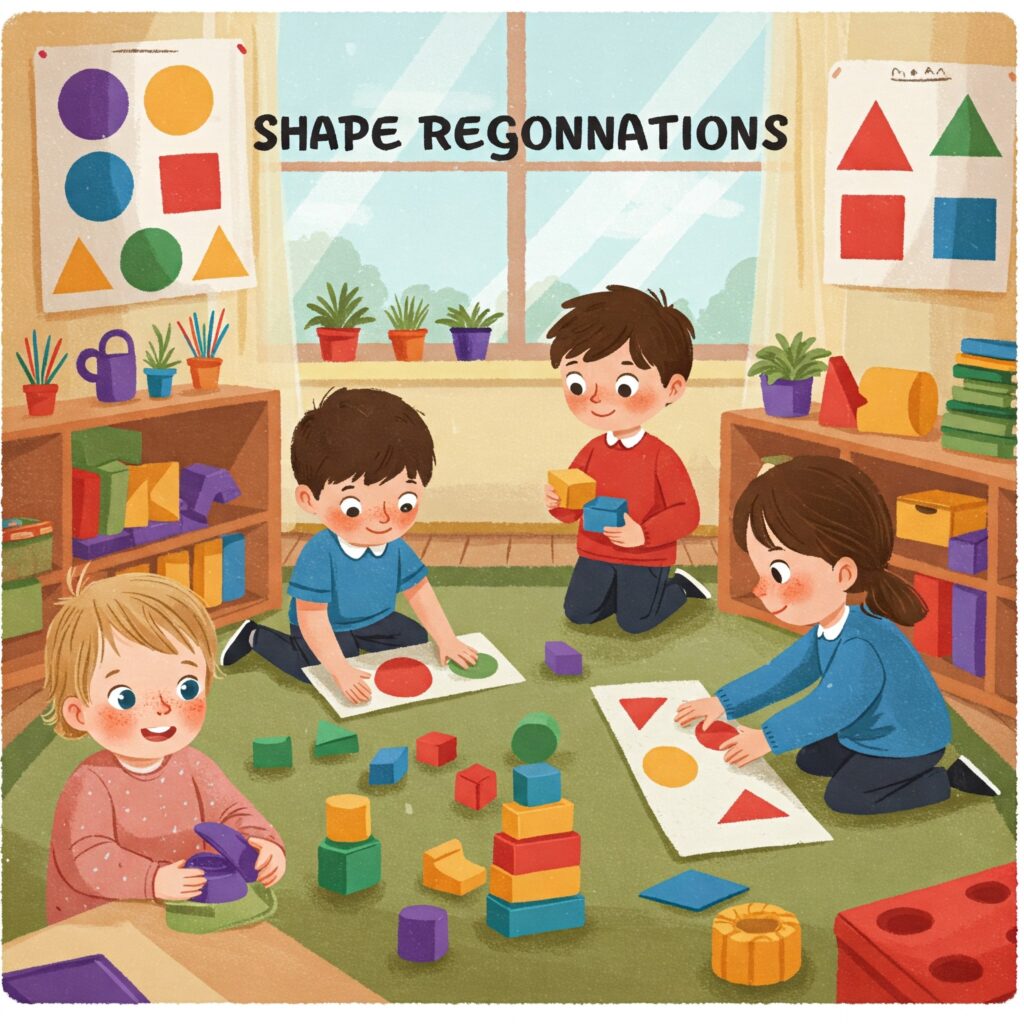
Common Vision Problems in Children
Before diving into the early signs to watch for, let’s explore some common vision issues that pediatric eye care professionals encounter. Understanding these conditions can help you recognize when something might be amiss.
Refractive Errors
- Nearsightedness (Myopia): Difficulty seeing distant objects clearly.
- Farsightedness (Hyperopia): Trouble focusing on close-up objects.
- Astigmatism: Blurred vision due to an irregularly shaped cornea.
These issues can often be corrected with glasses or contact lenses, but early detection through pediatric eye care is key.
Amblyopia (Lazy Eye)
This occurs when one eye is weaker than the other, causing the brain to favor the stronger eye. If untreated, amblyopia can lead to permanent vision loss in the affected eye. Pediatric eye care interventions, such as patching or vision therapy, can help.
Strabismus (Crossed Eyes)
Strabismus is a misalignment of the eyes, where one eye may turn inward, outward, upward, or downward. This condition can affect depth perception and may require surgery or corrective lenses, as determined by a pediatric eye care specialist.
Color Blindness
While not always a serious condition, color blindness can affect a child’s ability to distinguish certain colors. Early identification through pediatric eye care can help parents and teachers make accommodations.
Conjunctivitis (Pink Eye)
This common condition, caused by infection or allergies, leads to red, itchy eyes. While often temporary, recurrent cases warrant a pediatric eye care evaluation.
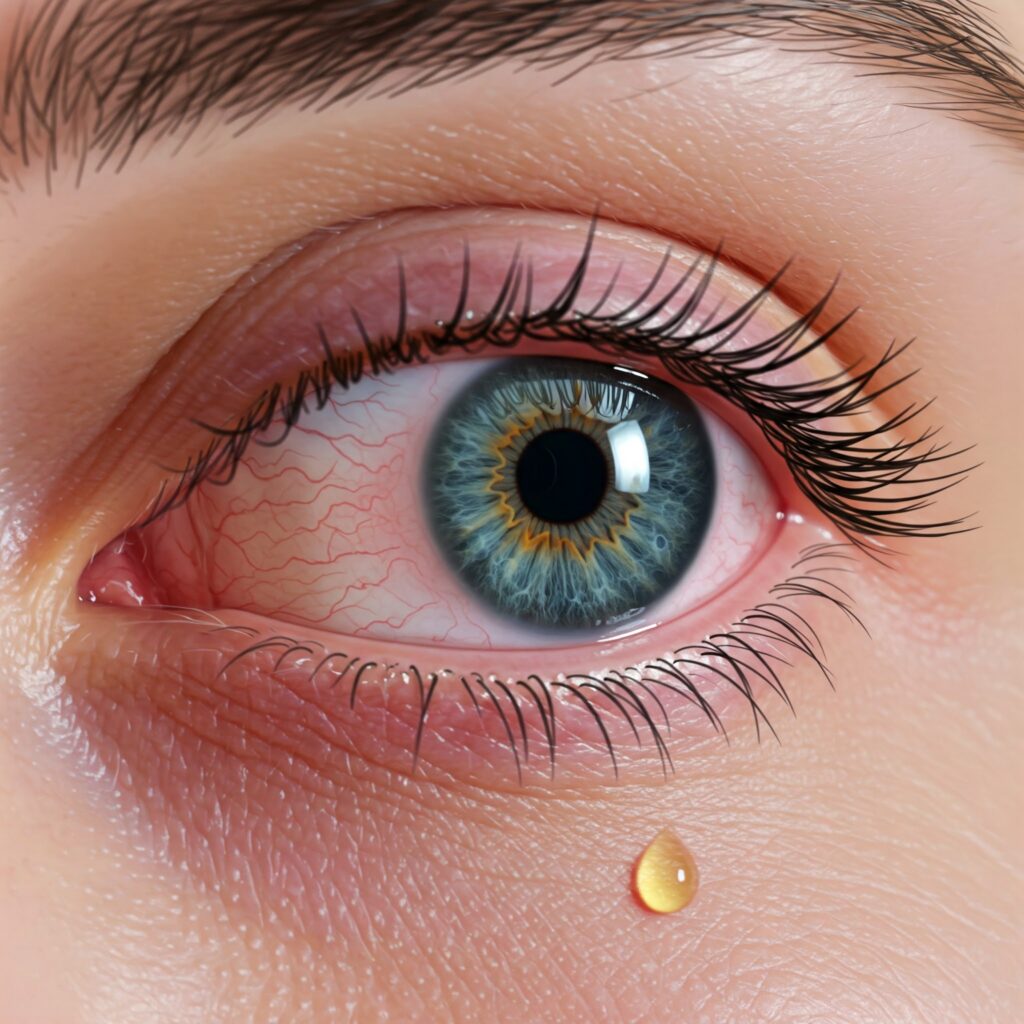
Early Signs of Vision Problems in Children
Now that you understand the importance of pediatric eye care and common vision issues, let’s focus on the early signs that may indicate your child is struggling with their vision. These signs can vary by age, so we’ll break them down for infants, toddlers, and school-aged children.
Infants (0–12 Months)
Infants rely on their vision to bond with caregivers and explore their surroundings. While their vision is still developing, certain behaviors may signal a need for pediatric eye care:
- Lack of Eye Contact: By 2–3 months, babies should begin making eye contact. If your infant avoids eye contact or seems unresponsive to faces, it could indicate a vision issue.
- Uncoordinated Eye Movements: After 3 months, a baby’s eyes should move together smoothly. Wandering or misaligned eyes may suggest strabismus or other concerns.
- Excessive Tearing or Discharge: Persistent tearing, redness, or discharge could point to blocked tear ducts or infections requiring pediatric eye care.
- Sensitivity to Light: If your baby squints or turns away from bright lights, it may indicate an underlying issue.
- Not Tracking Objects: By 4–6 months, babies should follow moving objects with their eyes. Failure to do so may warrant a pediatric eye care evaluation.
Toddlers and Preschoolers (1–5 Years)
As children become more active and verbal, signs of vision problems may become more noticeable. Watch for these red flags and consult a pediatric eye care professional if you observe them:
- Frequent Eye Rubbing: Occasional rubbing is normal, but excessive rubbing, especially when not tired, may indicate eye strain or discomfort.
- Squinting or Tilting the Head: These behaviors often signal an attempt to compensate for blurry vision or misalignment.
- Clumsiness or Poor Coordination: Frequent tripping, bumping into objects, or difficulty catching a ball could suggest depth perception issues.
- Avoiding Close-Up Activities: If your child resists coloring, puzzles, or books, it may be due to difficulty seeing up close.
- Complaints of Eye Pain or Headaches: Young children may not articulate vision problems clearly but might complain of headaches or eye discomfort after visual tasks.
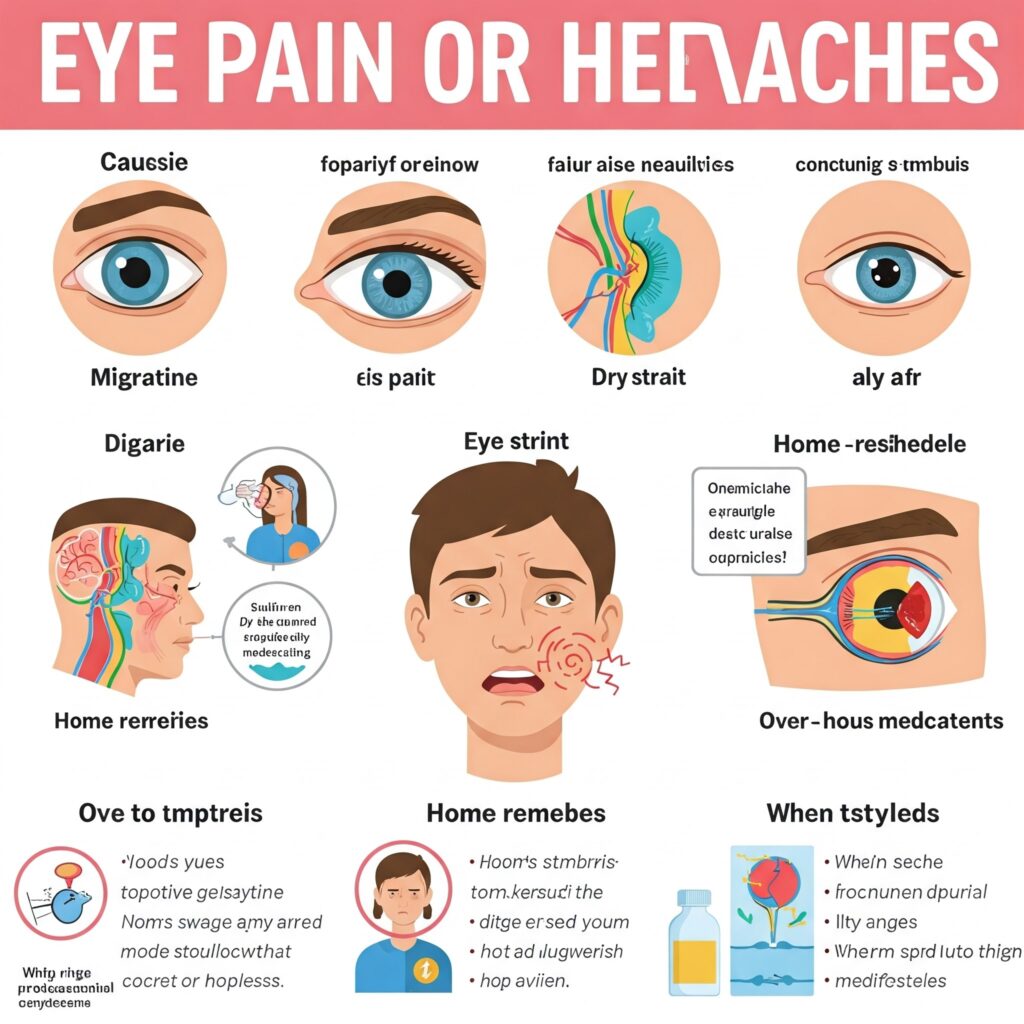
School-Aged Children (6+ Years)
School-aged children face increased visual demands from reading, writing, and screen time. Vision issues can impact their academic performance and self-esteem. Be on the lookout for these signs and seek pediatric eye care if they persist:
- Difficulty Reading or Losing Place: If your child skips lines, misreads words, or frequently loses their place while reading, it could indicate a vision problem.
- Poor Academic Performance: Struggling with reading, writing, or math may stem from undiagnosed vision issues rather than a lack of effort or ability.
- Sitting Too Close to Screens or Books: This behavior often suggests nearsightedness or difficulty focusing.
- Frequent Blinking or Eye Strain: Complaints of tired eyes, double vision, or excessive blinking after visual tasks may point to refractive errors or eye muscle issues.
- Behavioral Changes: Frustration, irritability, or reluctance to do homework could be linked to vision struggles.
When to Seek Pediatric Eye Care
If you notice any of the signs mentioned above, don’t wait to seek pediatric eye care. Early intervention can make a significant difference in your child’s vision and overall development. The American Academy of Ophthalmology recommends the following schedule for pediatric eye exams:
- Newborn to 6 months: A pediatrician or eye care specialist should screen for basic eye health during well-child visits.
- 6–12 months: A comprehensive eye exam is recommended if there are any concerns or risk factors, such as a family history of eye conditions.
- 3–5 years: All children should have at least one comprehensive eye exam before starting school to detect issues like amblyopia or refractive errors.
- 6 years and older: Annual or biennial eye exams, depending on your child’s needs and risk factors.
If your child has developmental delays, a family history of eye disease, or symptoms like those listed above, more frequent pediatric eye care visits may be necessary.
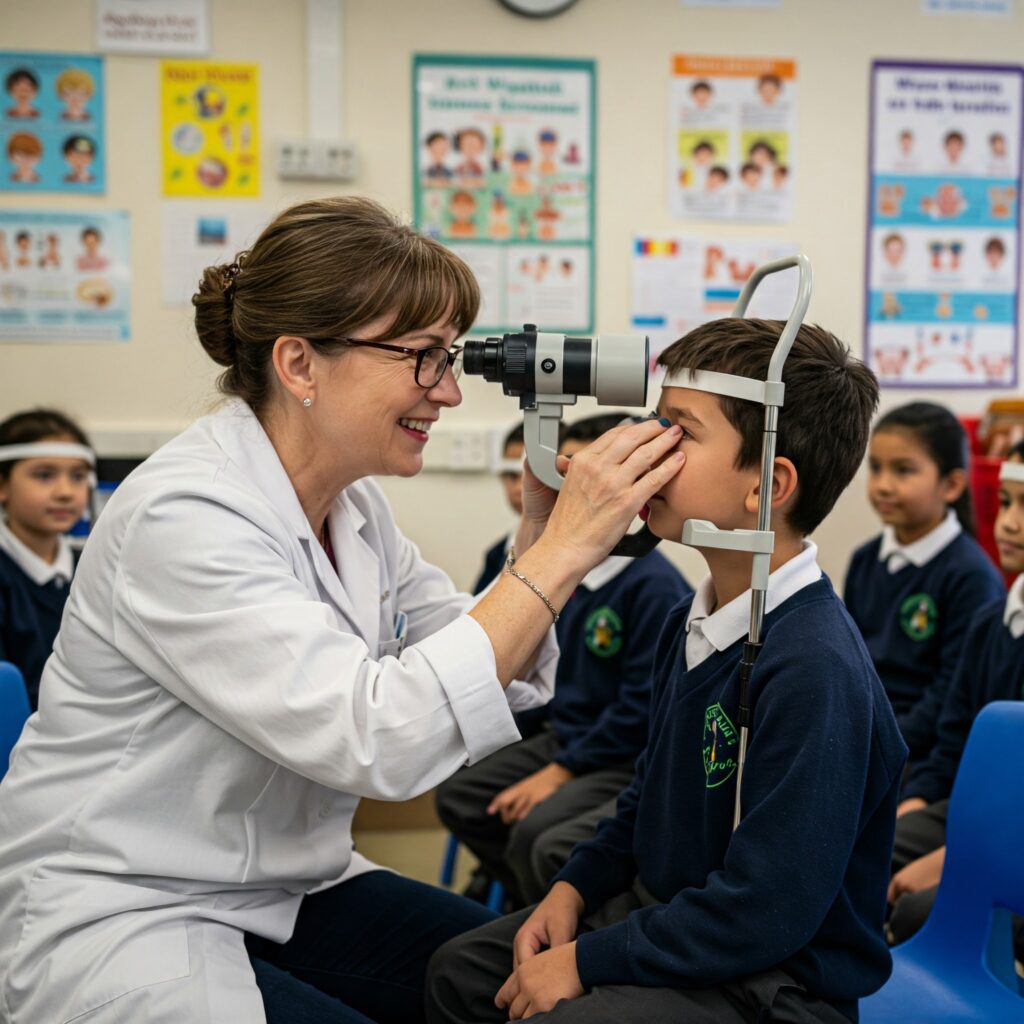
Tips for Supporting Your Child’s Eye Health
In addition to regular pediatric eye care visits, parents can take proactive steps to protect their child’s vision and promote healthy habits:
- Encourage Outdoor Play
Studies suggest that spending time outdoors may reduce the risk of developing myopia. Aim for at least 1–2 hours of outdoor activity daily, weather permitting. - Limit Screen Time
Excessive screen time can strain young eyes and contribute to digital eye strain. Follow the 20-20-20 rule: every 20 minutes, look at something 20 feet away for 20 seconds. - Provide a Balanced Diet
Nutrients like vitamin A, omega-3 fatty acids, and antioxidants support eye health. Include foods like carrots, spinach, salmon, and berries in your child’s diet. - Ensure Proper Lighting
Whether reading or doing homework, make sure your child’s environment is well-lit to reduce eye strain. - Model Good Eye Care Habits
Children learn by example. Schedule your own eye exams and wear protective eyewear when needed to reinforce the importance of pediatric eye care. - Invest in Protective Eyewear
If your child plays sports or engages in activities with a risk of eye injury, provide safety glasses or goggles.
What to Expect During a Pediatric Eye Exam
If you’re new to pediatric eye care, you might wonder what happens during a child’s eye exam. Pediatric optometrists and ophthalmologists use age-appropriate techniques to assess vision and eye health. Here’s a glimpse of what to expect:
- Vision Testing: For older children, this may involve reading an eye chart. For younger children, the doctor may use pictures or shapes.
- Eye Alignment and Movement: The doctor will check for strabismus or other alignment issues by observing how the eyes move and work together.
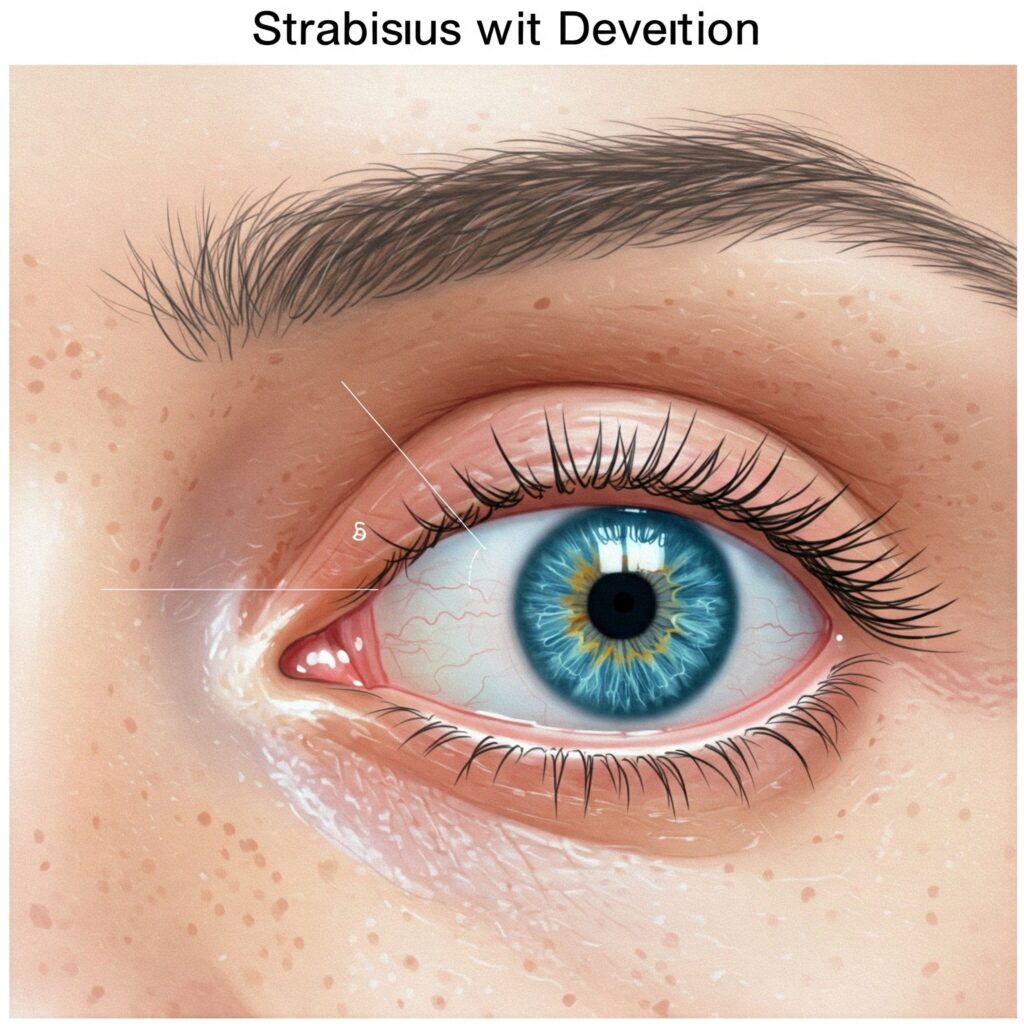
- Pupil Response: A light is used to check how the pupils respond, which can indicate neurological or eye health issues.
- Refraction Test: This determines if your child needs glasses by assessing how light bends as it enters the eye.
- Eye Health Evaluation: The doctor may use special tools to examine the retina, optic nerve, and other structures.
For young children or those who are nervous, pediatric eye care professionals often use games, toys, or engaging activities to make the experience fun and stress-free.
Addressing Common Myths About Pediatric Eye Care
Misconceptions about pediatric eye care can prevent parents from seeking timely help. Let’s debunk a few common myths:
- Myth: “Kids don’t need eye exams unless they complain about their vision.”
Fact: Many vision problems are asymptomatic in children. Regular pediatric eye care screenings catch issues early, even if your child seems fine. - Myth: “Wearing glasses will make my child’s eyes worse.”
Fact: Glasses correct vision and help the eyes work properly. They don’t weaken eyesight or cause dependency. - Myth: “Screen time doesn’t affect children’s eyes.”
Fact: Prolonged screen use can cause digital eye strain and may contribute to myopia progression. Moderation and breaks are key. - Myth: “Vision problems will go away on their own.”
Fact: Conditions like amblyopia or strabismus often worsen without treatment. Early pediatric eye care intervention is critical.
The Role of Parents in Pediatric Eye Care
As a parent, you are your child’s first line of defense when it comes to their health, including their vision. By staying informed about pediatric eye care and observing your child’s behavior, you can catch potential issues early.
Don’t hesitate to ask questions during eye exams or seek a second opinion if you’re concerned. Your advocacy can make a world of difference in your child’s eye health and overall well-being.
If your child is diagnosed with a vision issue, work closely with their pediatric eye care provider to follow the recommended treatment plan. Whether it’s wearing glasses, using an eye patch, or attending vision therapy, consistency is key to achieving the best outcomes.
Prioritize Pediatric Eye Care Today
Pediatric eye care is a vital part of your child’s health and development. By recognizing the early signs of vision problems and scheduling regular eye exams, you can help your child thrive in school, sports, and everyday life. From infancy to adolescence, staying proactive about pediatric eye care ensures your child’s eyes are ready to take on the world.
Don’t wait for your child to complain about their vision—many issues are silent until they become more serious. Book an eye exam with a pediatric eye care specialist today, and take the first step toward protecting your child’s precious gift of sight. With your attention and care, you can help them see the world clearly and confidently for years to come.
Why is pediatric eye care important?
Pediatric eye care ensures early detection of vision problems, supporting healthy development and academic success.
When should my child have their first eye exam?
A screening at 6–12 months, followed by a comprehensive exam between 3–5 years, is recommended.
What are common signs of vision problems in infants?
Lack of eye contact, uncoordinated eye movements, excessive tearing, or sensitivity to light.
How can I tell if my toddler has vision issues?
Watch for frequent eye rubbing, squinting, clumsiness, or avoiding close-up activities like coloring.
What vision problems might affect school-aged children?
Difficulty reading, poor academic performance, sitting too close to screens, or frequent headaches.
